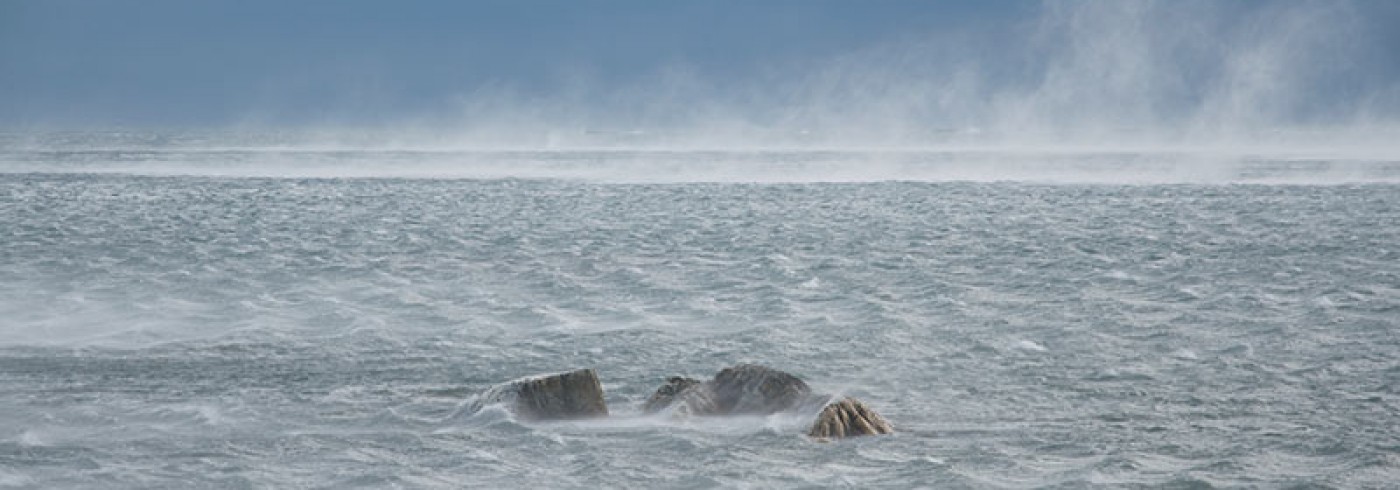The mineral riches of Svalbard in historical perspective
The mining historians of the Swedish Programme for Social Science Research in the Polar Regions started field research on Svalbard in the summer of 1999. During SWEDARCTIC 2000 this work was continued and expanded. A principal aim of this research is to produce detailed knowledge of the almost unknown prospecting and mining activities of Swedish mining industrialists operating on Svalbard in the first decades of the 20th century. The most important initiator of these activities was the joint research and banking institute of the Swedish mining and metallurgical industry, the Jernkontoret (The Swedish Ironmaster’s Association). In the 1909–1915 period, Jernkontoret was involved in organising one small polar expedition annually bound for Svalbard. These expeditions were manned with geologists and mining engineers, and they searched for useable mineral deposits, sampled ores and studied possible harbour locations and local transport opportunities. The aim was to evaluate the commercial mining potential of the deposits in question. Claims were made, and to up hold these, deposits had to be test mined and small installations built on site, usually by erecting a hut. This was when Svalbard was still called Spitsbergen, and was deemed terra nullus in terms of national sovereignty. Mining tycoons and industrialists from several other nations were also active along the coasts of the major fjords of the western part of Svalbard. The many disputing claims resulting from this rush were not finally resolved until international arbitration and settlement was enabled by the provisions of the Spitsbergen Treaty, which granted Norway sovereignty over Svalbard in 1925.
Before that, in 1911 shares were sold and a mining company called Aktiebolaget Spetsbergens Svenska Kolfält was established in Sweden. This company was in existence until 1934. The company and its owners in practice settled for mining coal, but several other minerals such as phosphorite and gypsum were also considered before that decision was taken.
Field-work
During SWEDARCTIC 2000 the mining historians worked on locating and documented traces at the gypsum prospecting sites used by Aktiebolaget Spetsbergens Svenska Kolfält at Anservika, Gipsvika and Bjonahamna in Tempelfjorden – all sites on different branches of the major fjord of western Svalbard, Icefjord. This summer a comparative perspective was also applied in the field work. Besides the remains of the Swedish mining enterprise of Aktiebolaget Spetsbergens Svenska Kolfält, including its Swedish forerunner AB Isfjorden-Bellsund, and successors such as the Consortium Sweden-Spitsbergen, other historic sites of mining companies of other nations were studied. This included the coal-mining village of Pyramiden, run by the Russian Trust Articugol 1927-1998, and the gypsum test mine of The Scottish Spitzbergen Syndicate at Shoultzhamna in Tempelfjorden.
The main Swedish mining camp on Svalbard was the coal mine at Sveagruvan in van Mijenfjorden. Here the team continued the inventory of traces and remains started in 1999, and many new items were found. Among the notable finds were parts of the old steam locomotive of the coal store at the harbour; it was located well off its original site, as was the boiler of the power plant. The team succeeded in locating and identifying most remains of building foundations in the village. The team is grateful for continuing and valuable assistance in this field research from the present owner of Sveagruvan, Store Norske Spitsbergen Kulkompani. The team is also happy to acknowledge the kind assistance received from the Russian mining company, Trust Arcticugol, and its staff at Pyramiden in Billefjorden during our stay there while taking the field inventory of the village.
Preliminary results
Detailed examination of the field traces and remains of an Arctic industrial company, such as the Aktiebolaget Spetsbergens Svenska Kolfält, provides a solid historical case study for testing and discussing important environmental issues concerning the long-term impact of human exploitation of non-renewable resources within a sensitive polar environment. More specifically, SWEDARCTIC 2000 succeeded in comparing mining establishments of various early 20th century firms, styles of technology and efficiencies of resources utilisation. Material evidence of the social order and company organisation illustrated in remains of buildings and other facilities was also compared.
Dates
11–24 August 2000
Participants
Principal investigator
Urban Wråkberg
Center for history of Science, Royal Swedish Academy of Sciences
Stockholm, Sweden
Dag Avango
Department for the History of Science and Technology, KTH Royal institute of Technology
Stockholm, Sweden
Kenneth Awebro
Department of Teacher Education, Luleå University of Technology
Sweden
Monika Fjaestad
Conservation Department, National Heritage Board,
Stockholm, Sweden
Ulf Gustafsson
Department of Teacher Education, Luleå University of Technology
Sweden
Marie Nisser
Department for the History of Science and Technology, KTH Royal institute of Technology
Stockholm, Sweden
References
Avango, D. (in prep.) Industriminnesforskning på Svalbard: Tolkningar av kulturlandskapet vid Sveagruvan. In: Arctic Mining II: The History, Technology and Industrial Heritage of Coal Mining in the European Polar Region. Jernkontorets Bergshistoriska utskott, serie H. Wråkberg U. (ed.). Jernkontoret, Sweden: Stockholm.
Avango, D. (1998). Sveagruvan och Ny Ålesund: En jämförande studie av två kolgruveanläggningar på Svalbard. Unpublished essay. Dept. of the History of Science and Technology, Royal Institute of Technology, Stockholm.
Awebro, K. (1999). AB lsfjorden och fosforitbrytningen vid Kap Thordsen på Svalbard sommaren 1872. In: Arktisk gruvdrift: Teknik, vetenskap och historia i norr. Jernkontorets Bergshistoriska utskott, serie H, No. 69. Wråkberg U. (ed.). Jemkontoret, Sweden: Stockholm, 53-65.
Awebro, K. (in prep.) Den långa vägen till Sveagruvan 1917: En svensk satsning och en internationell bakgrund. In: Arctic Mining II: The History, Technology and Industrial Heritage of Coal Mining in the European Polar Region. Jernkontorets Bergshistoriska utskott, serie H. Wråkberg U. (ed.). Jernkontoret, Sweden: Stockholm.

